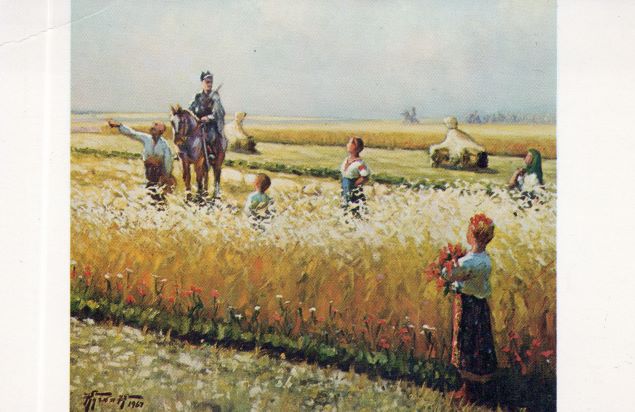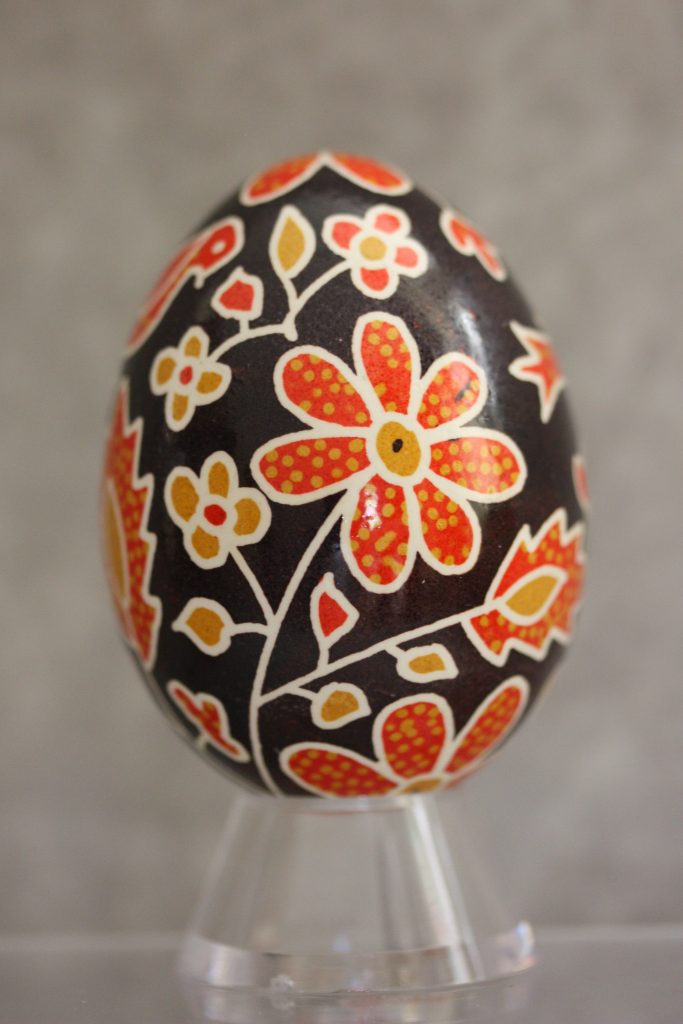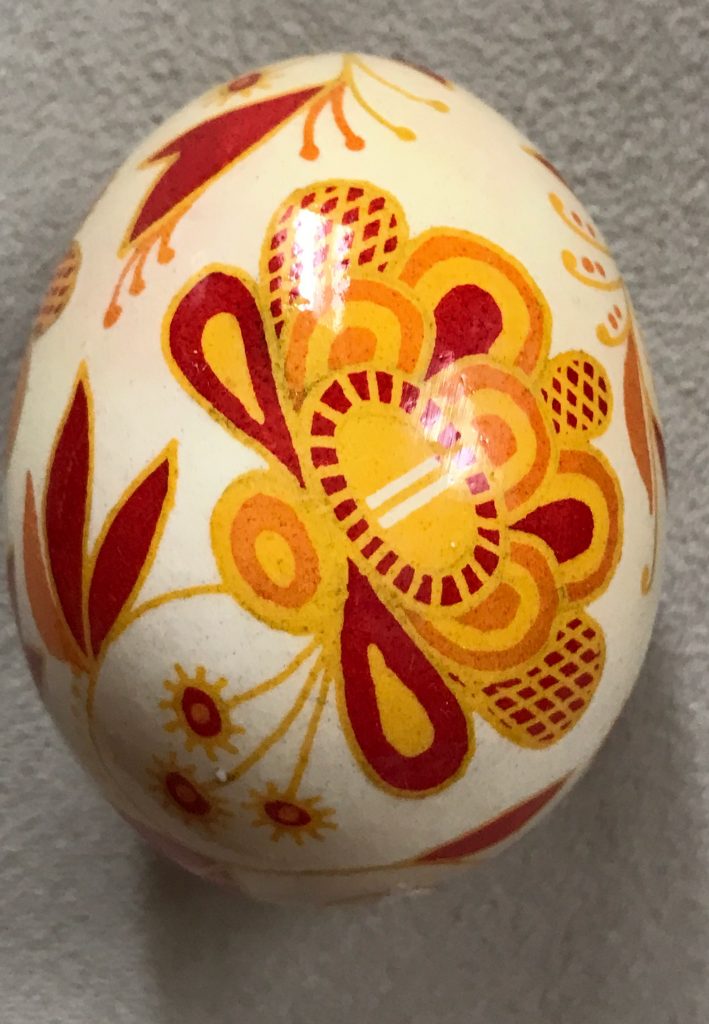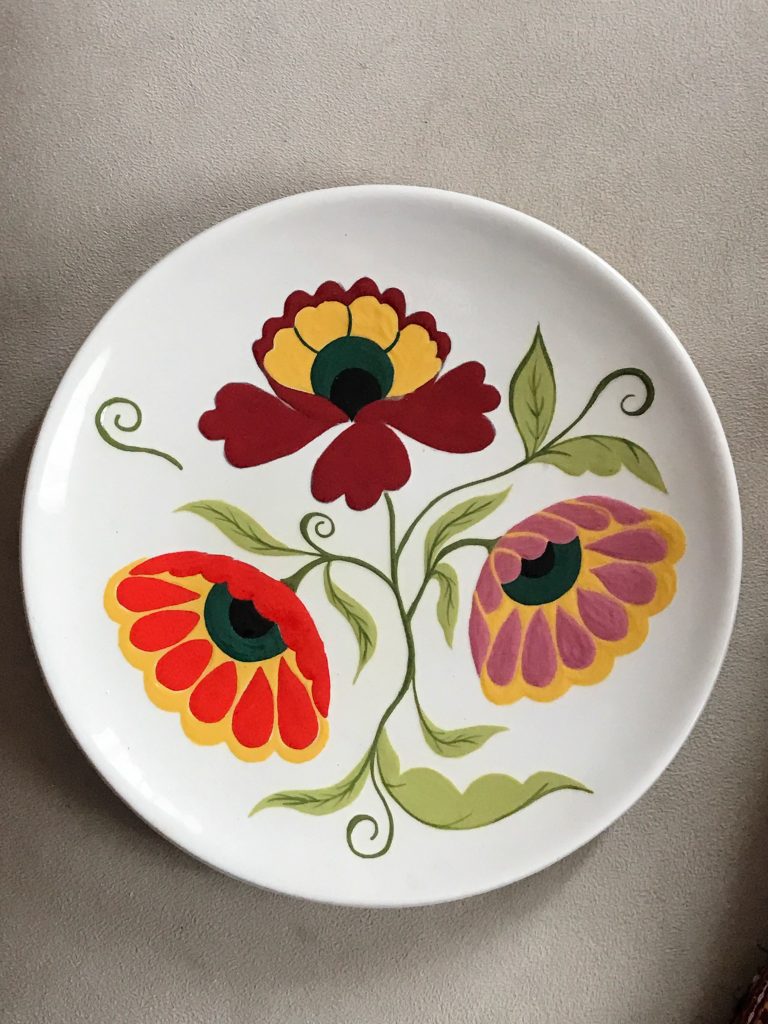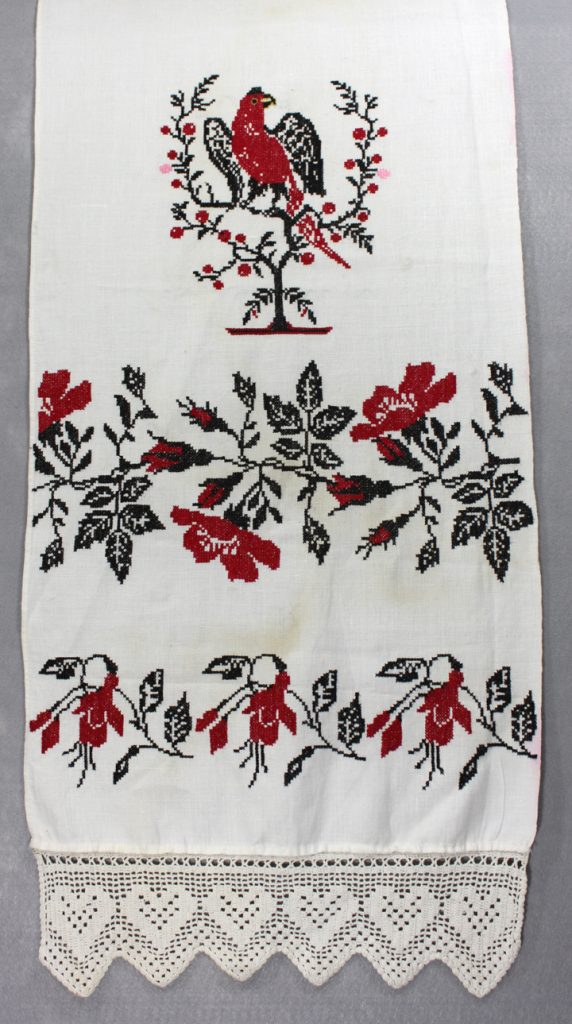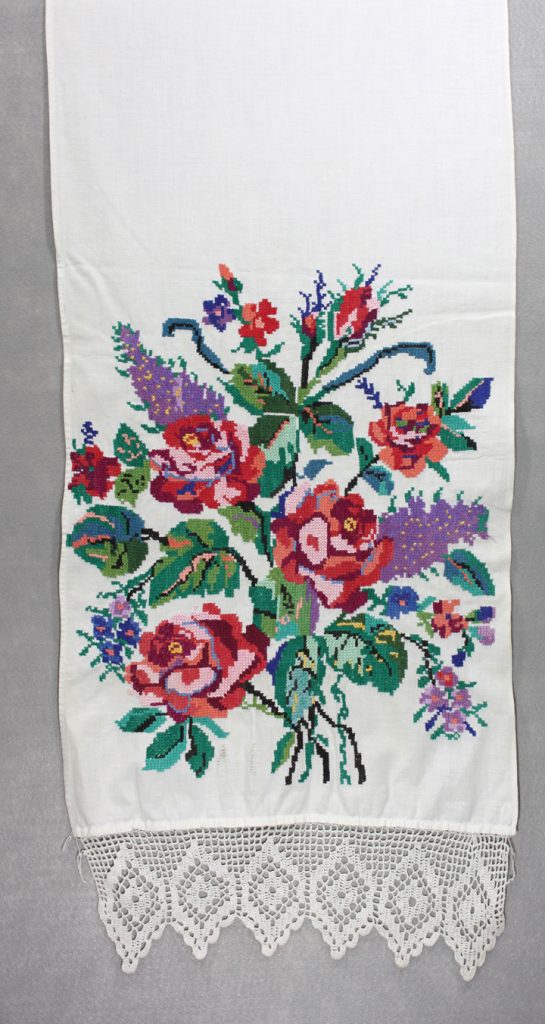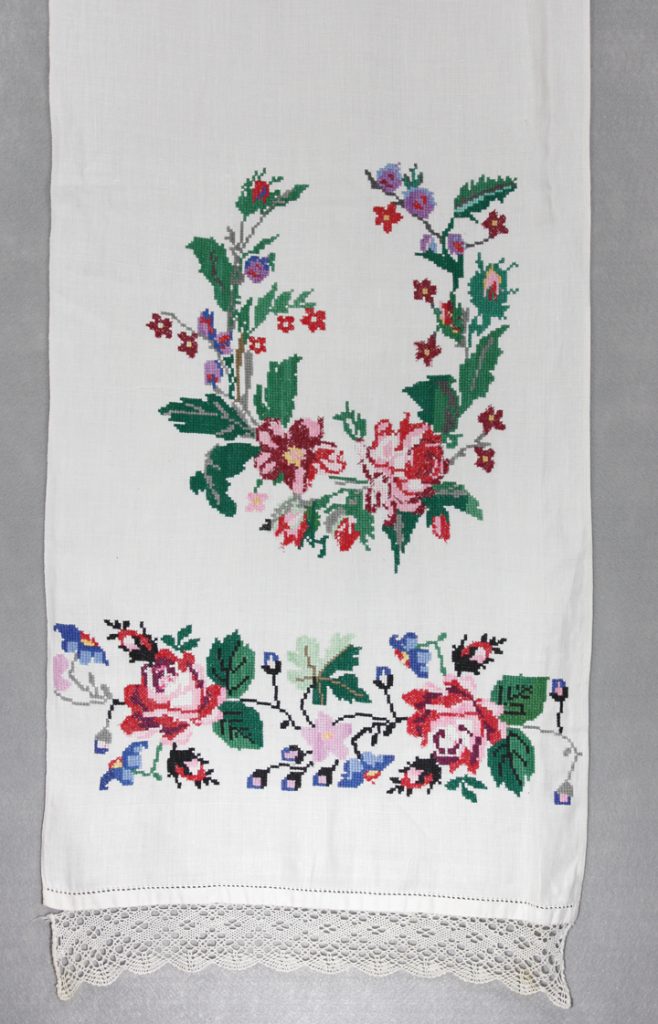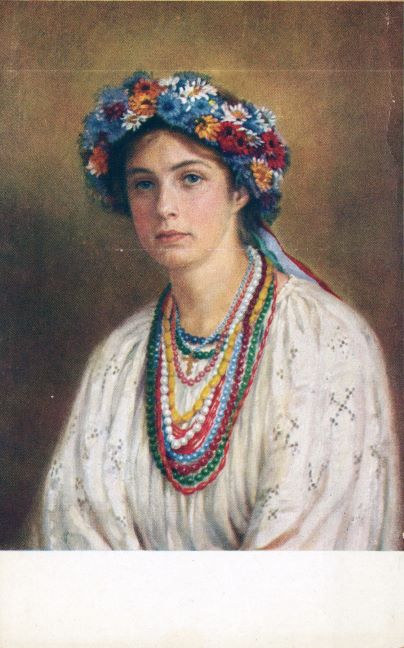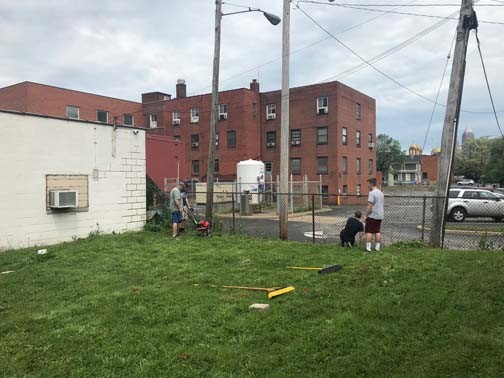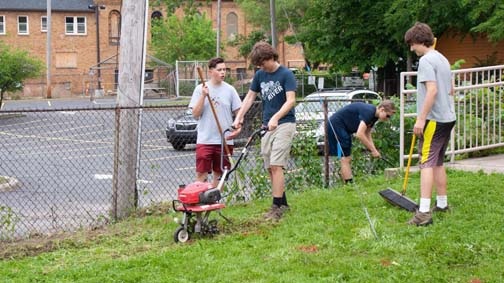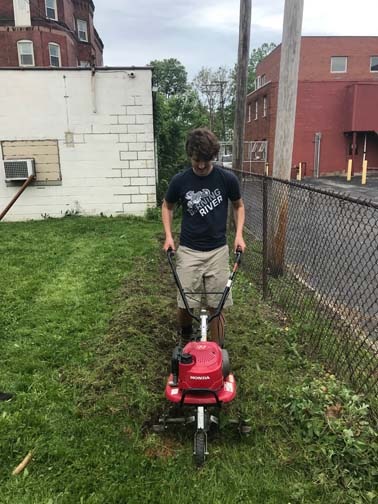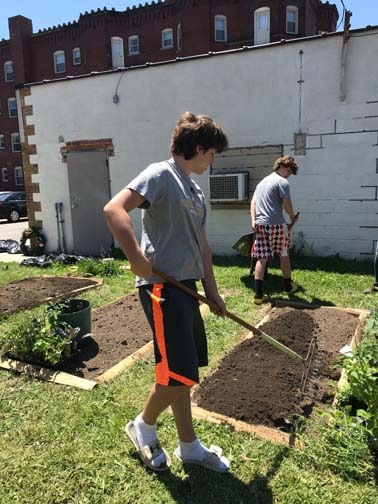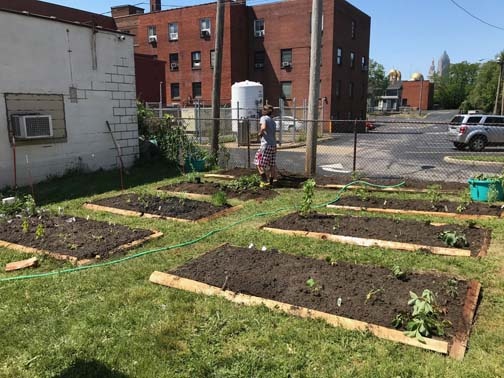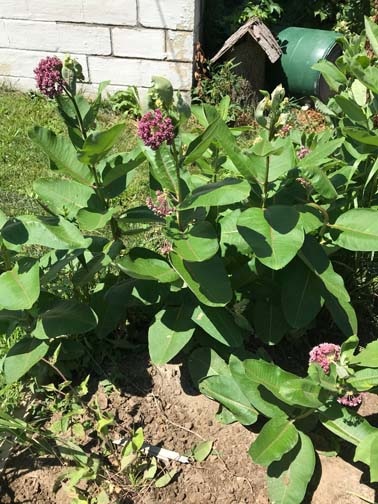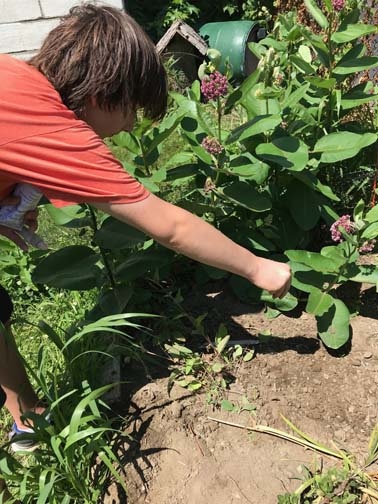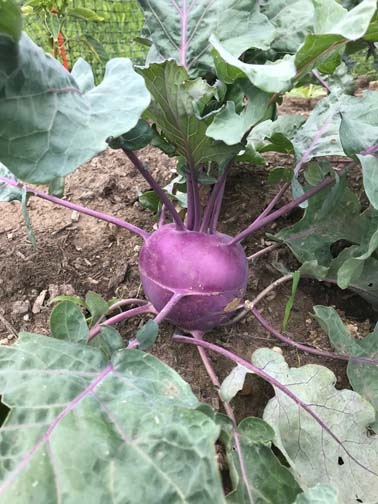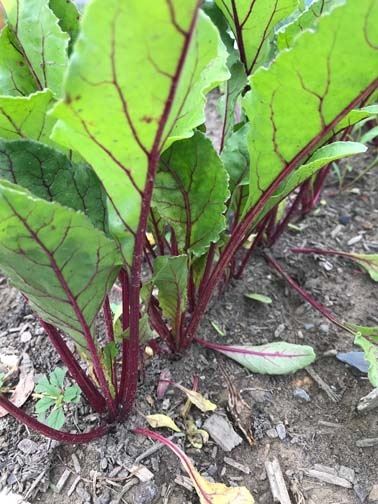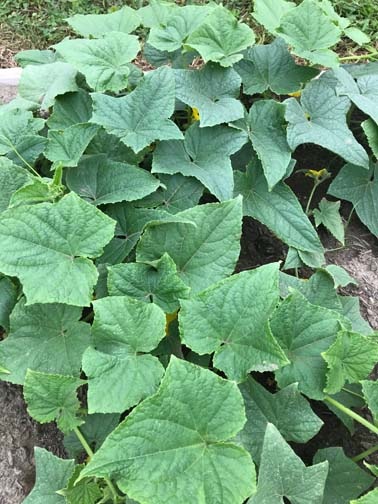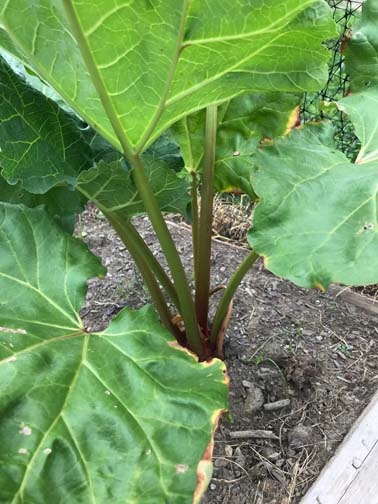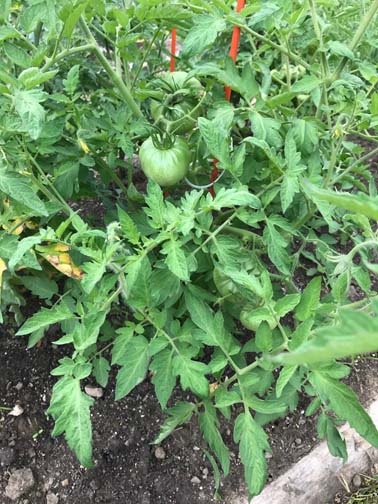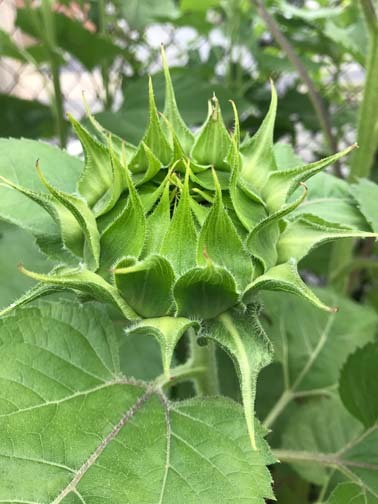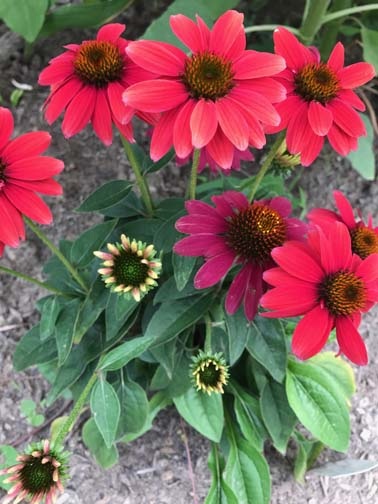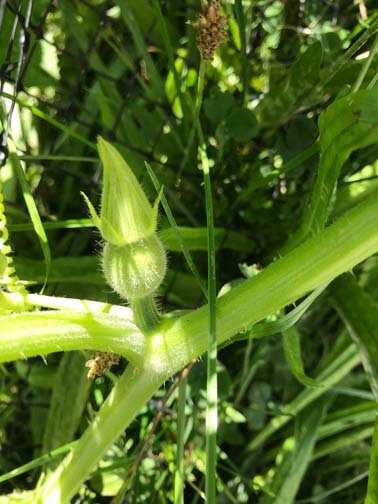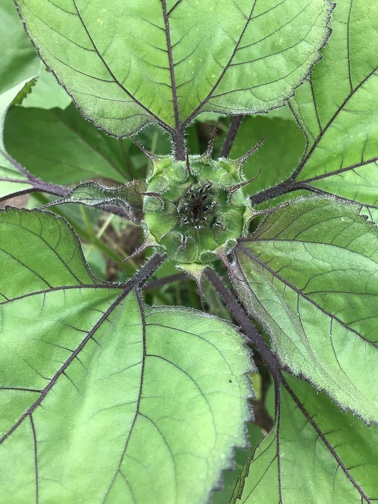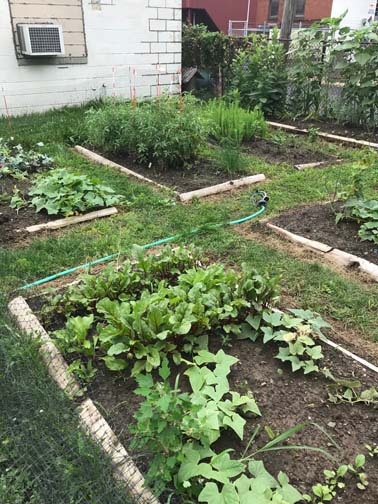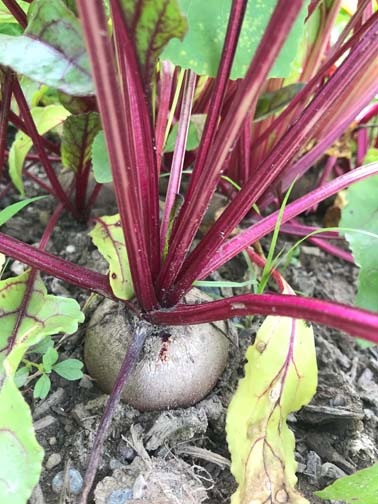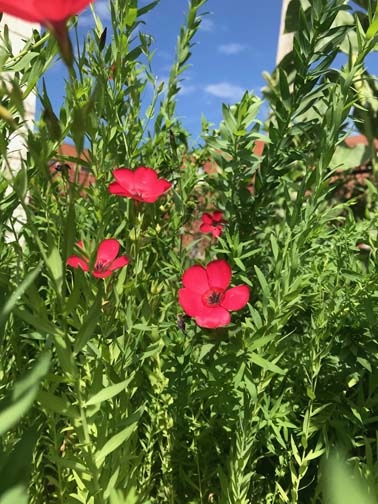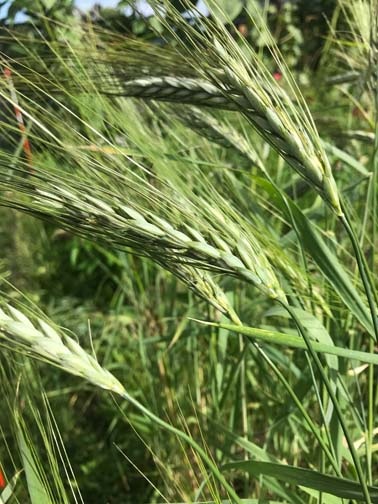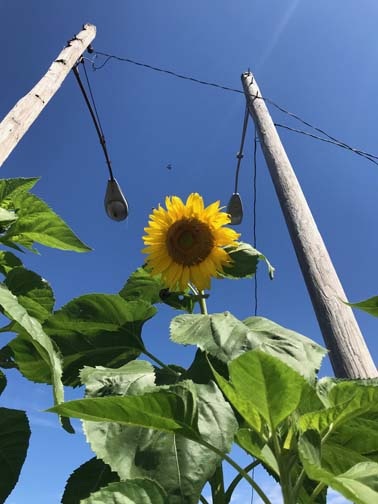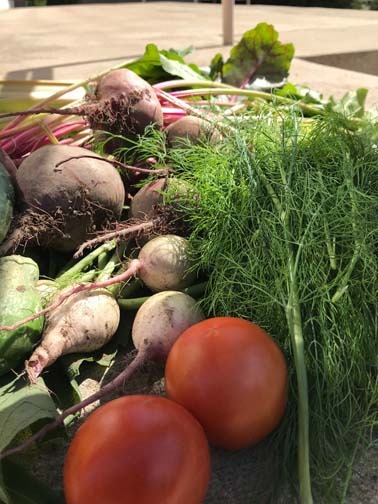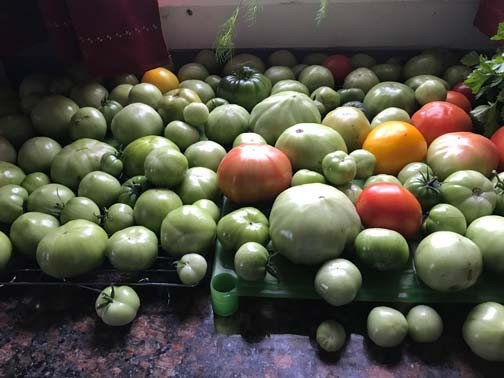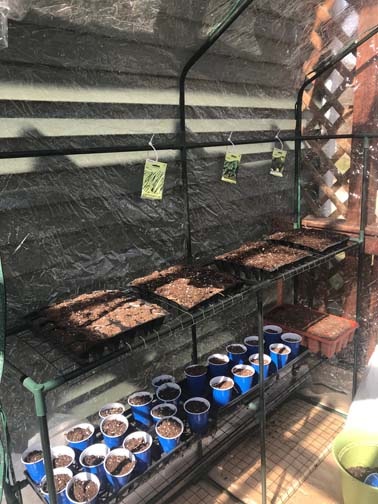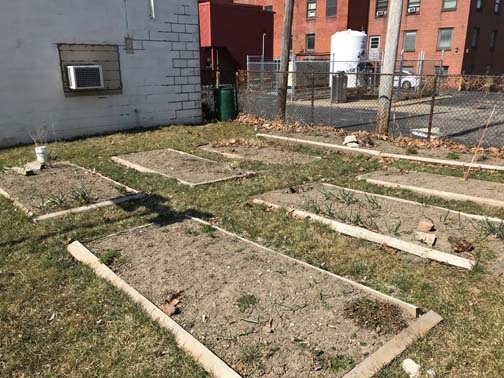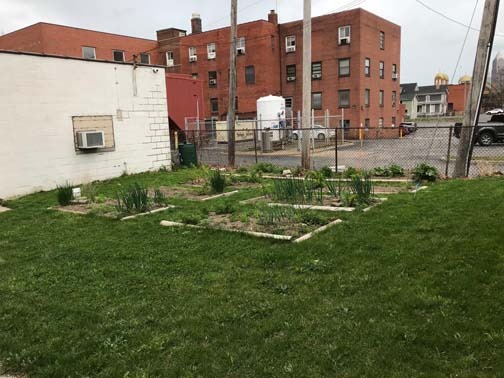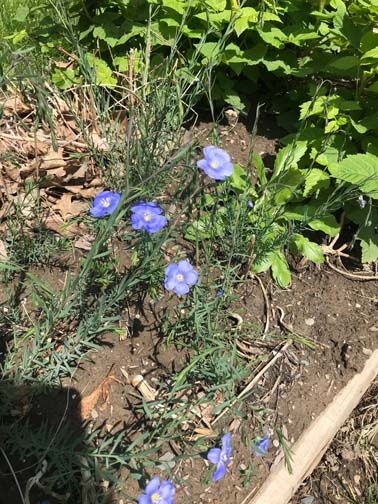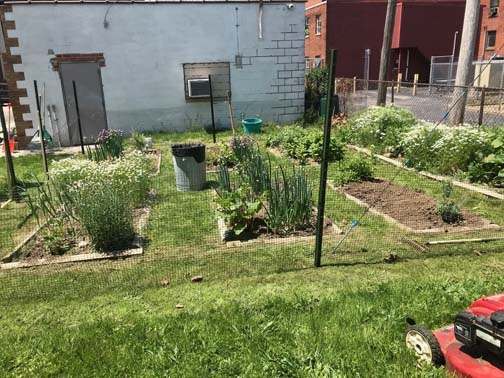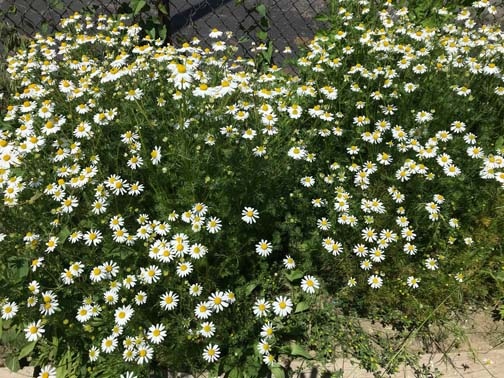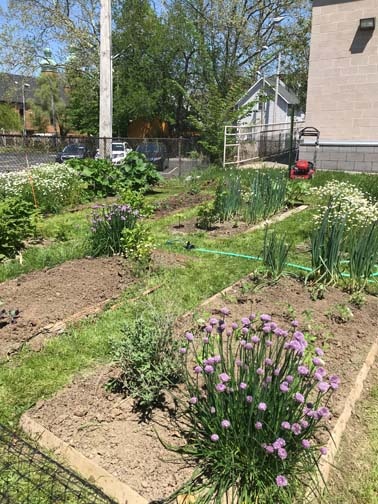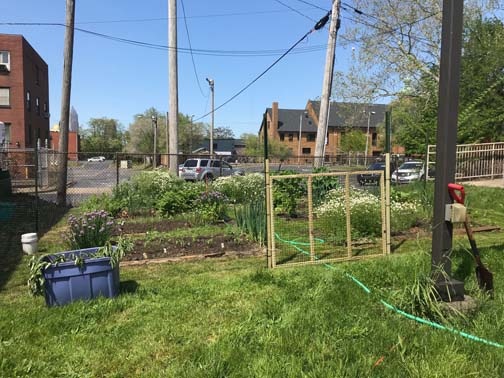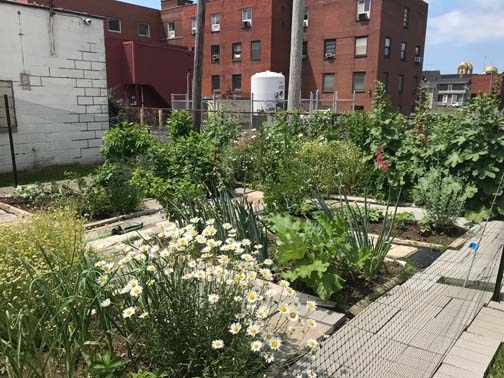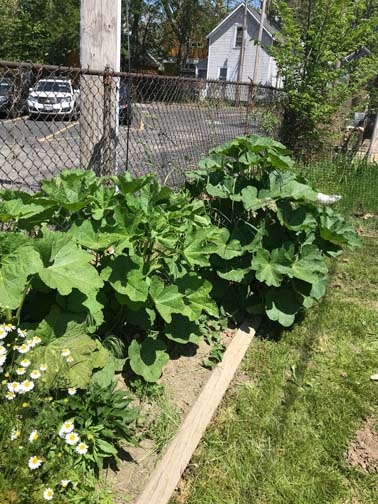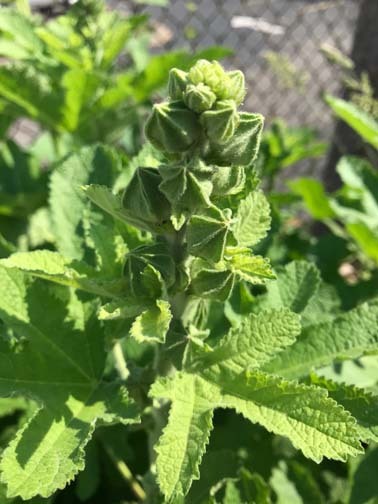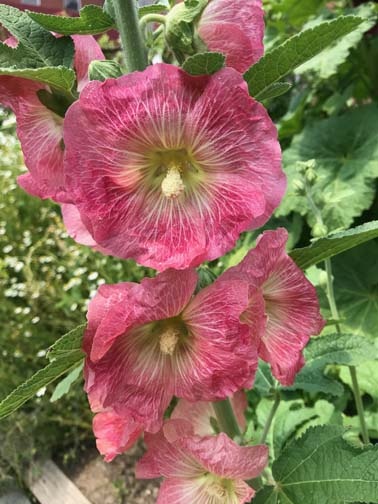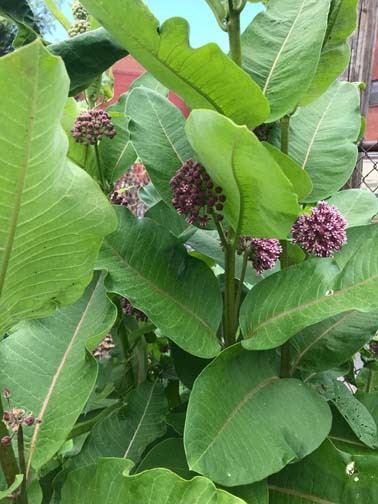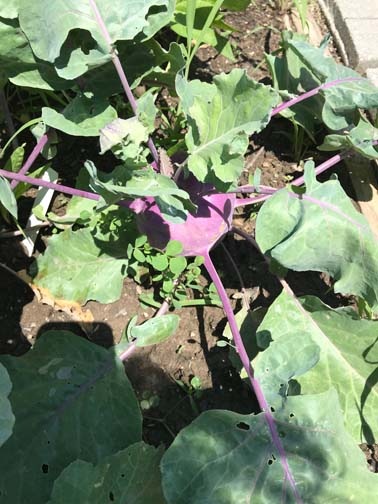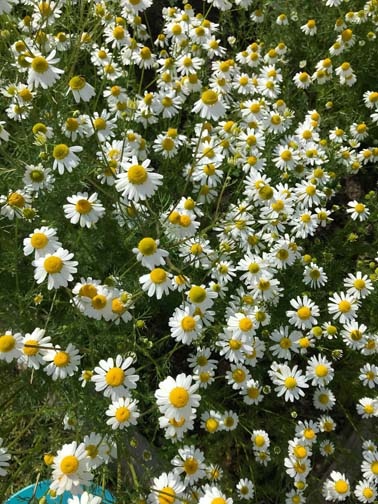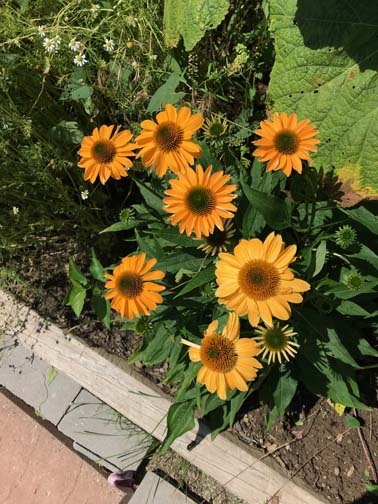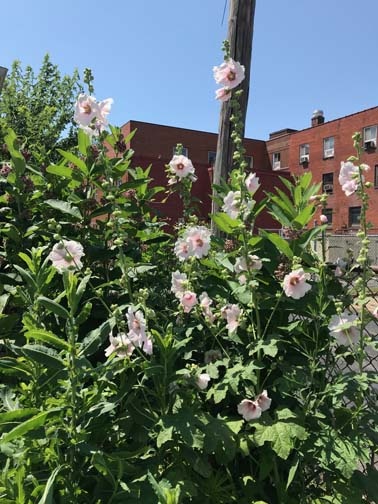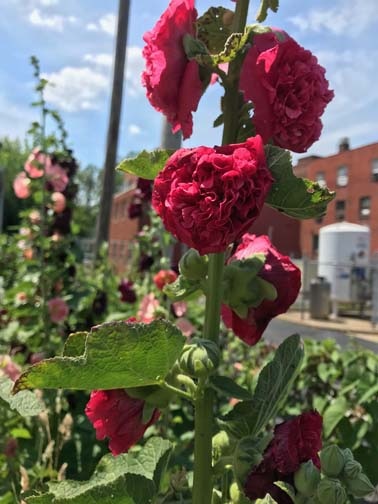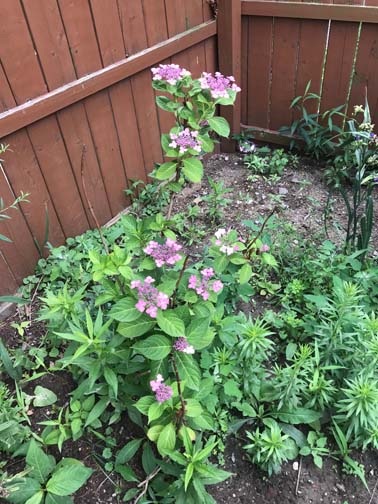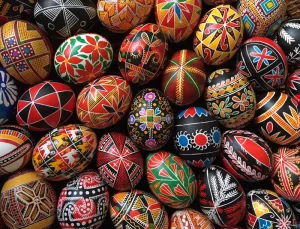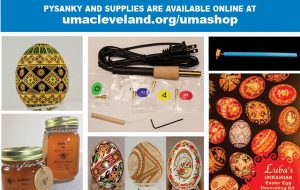The mission of the Ukrainian Museum Archives is to preserve Ukrainian culture and the immigrant experience. An important element of the Ukrainian culture stems from its agrarian and agricultural roots. Since the 6th-4th millennia B.C. people living in the Ukrainian lands began to cultivate the earth. The legacy of farming, keeping livestock, gardening, and beekeeping is strongly embedded in the culture. Ukraine has long been called “the breadbasket of Europe” because of its fertile “chornozem” (black soil), which supports the production of wheat and rye.

In home gardens, Ukrainians typically grew apples, pears, cherries, plums, berries (e.g., raspberries, red currants, gooseberries). Nuts, apricots, and peaches were popular in southern regions of Ukraine, and wine grapes in the Transcarpathian and Northern Black sea regions. Among the most popular vegetables are cabbage, cucumbers, onions, garlic, carrots, turnips, beets, melons, tomatoes, eggplants, and peppers. The sunflower is typically associated with Ukraine, both for the beauty of the flower and also because of its use in oil production.
Themes of gardens and agriculture are often seen in Ukrainian imagery, as can be seen in this postcards from the UMA collection.
In fact, vegetables are so important to Ukrainian culture, that Ukrainian chef Ievgen Klopotenko has started an effort to have borscht, the quintessential Ukrainian beet soup, recognized as part of Ukraine’s cultural heritage by the United Nation’s cultural agency, UNESCO.
Floral motifs are very popular in the Ukrainian culture. They are often displayed on pysanky, textiles, and ceramics.
Flower garlands are featured as headgear in traditional costumes. Artist has painted a beautiful garland on the back building of the UMA.
The UMA unveiled a new mural in August 2021 pained by artist ,Taiisa Kulyk, of a vinok on the back building of the UMA.
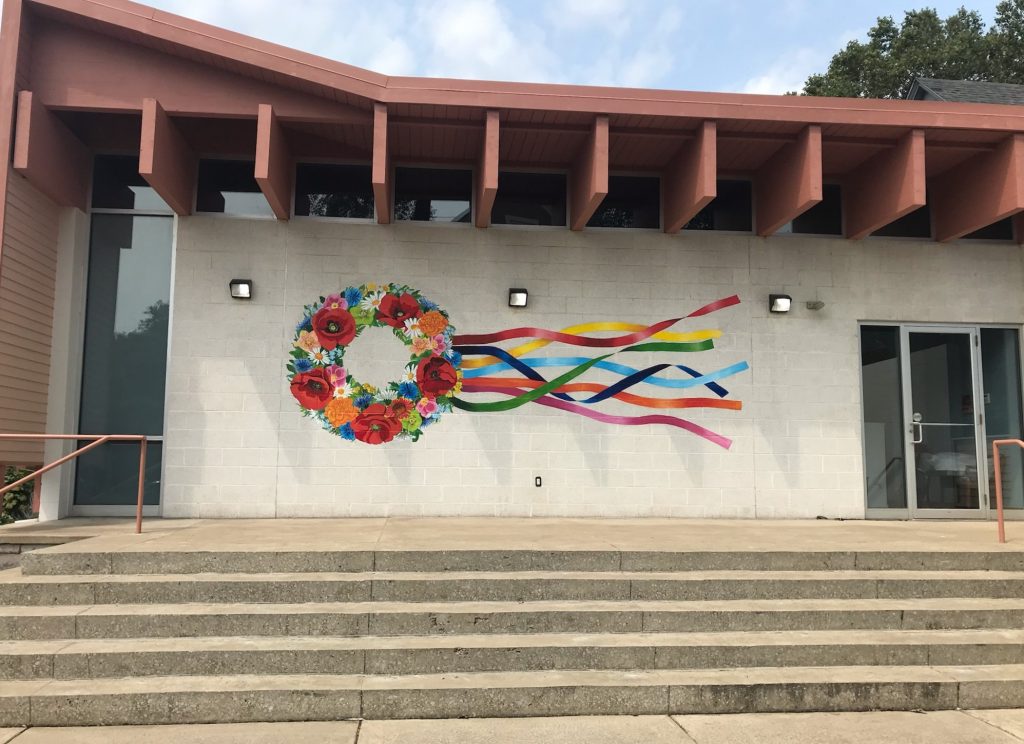
Flowers are celebrated in Ivana Kupala, the ancient Slavic pagan celebration that marks the end of the summer solstice and the beginning of the midsummer harvest season. There was a belief that the eve of Ivan Kupala is the only time of the year when ferns bloom. Prosperity, luck, discernment and power would befall on whoever finds a fern flower. Plants and flowers gathered on this day were considered to have magical powers, offering protection from evil forces and curing illness in people and
animals. Girls gathered flowers on this day and in the evening carried garlands that they made from these flowers and set them afloat on rivers or streams in the hopes that a young man would capture the wreath of the girl they love.
In 2020, two Ukrainian high school students who have been UMA interns for several years embarked on an Eagle Scout project for the Ukrainian scouting organization, Plast, to create a Ukrainian garden at the UMA. Nicholas and Daniel Jarosewich created a fundraiser and built a garden at the UMA to exhibit the fruits, vegetables, trees, and flowers that traditionally grow in Ukraine. The project raised $3,018 for garden supplies and plant. Thank you to all of our supporters! See the progress across 2020 and the improvements made in 2021 in the second year of the garden.
Watch the UMA garden as it grows.

